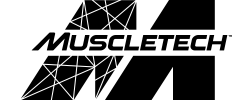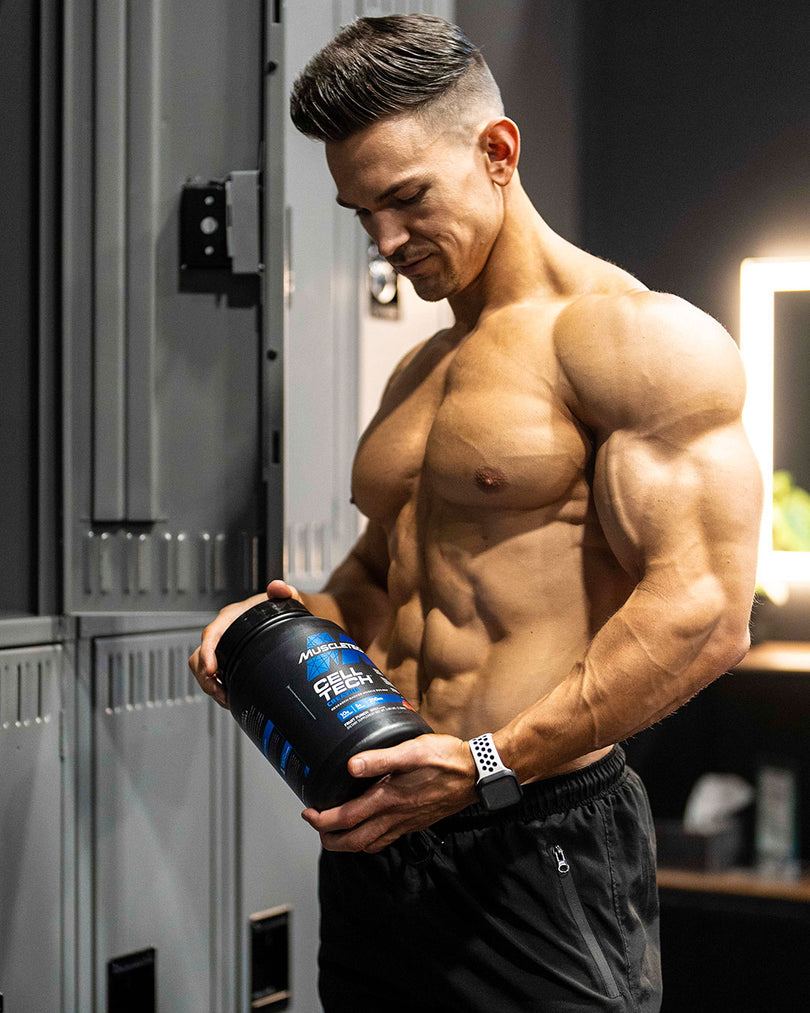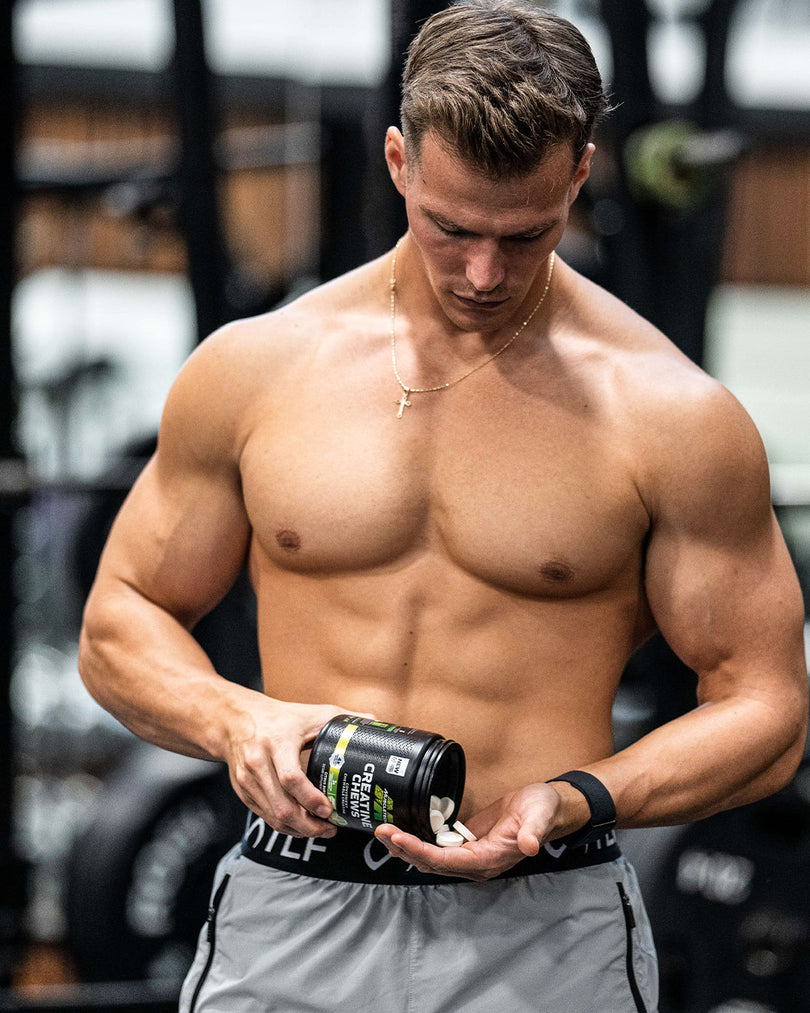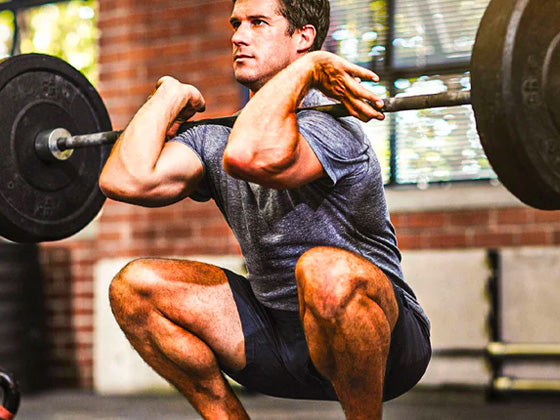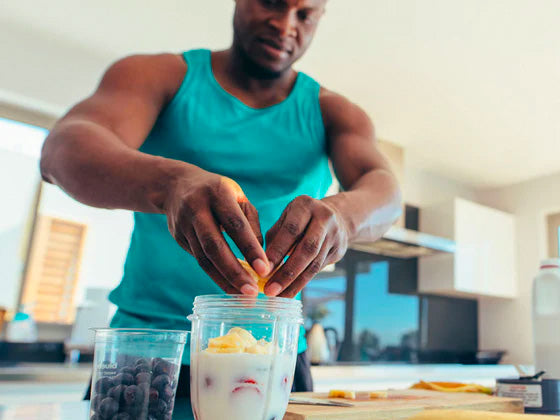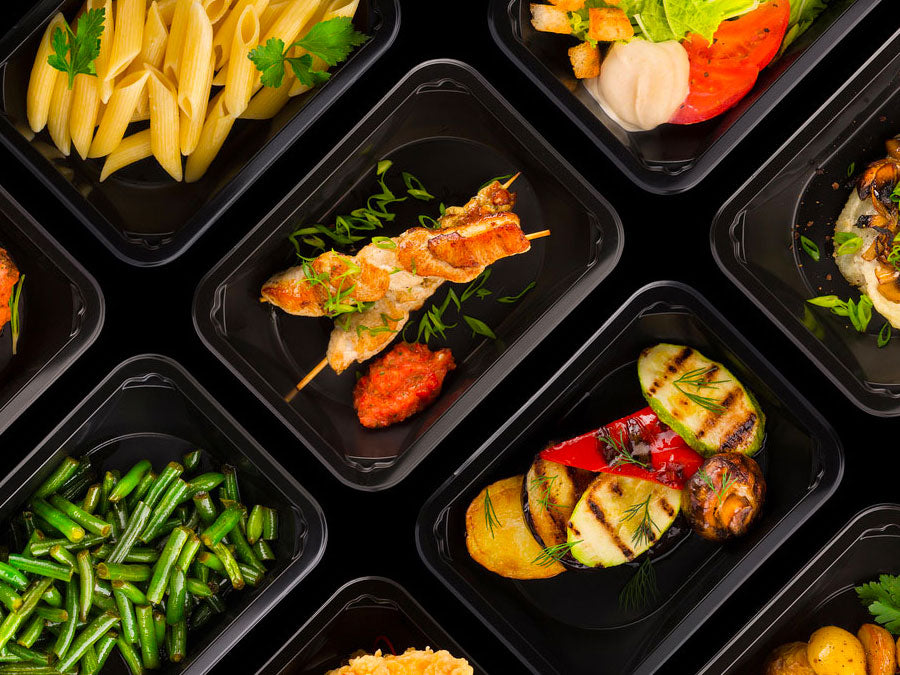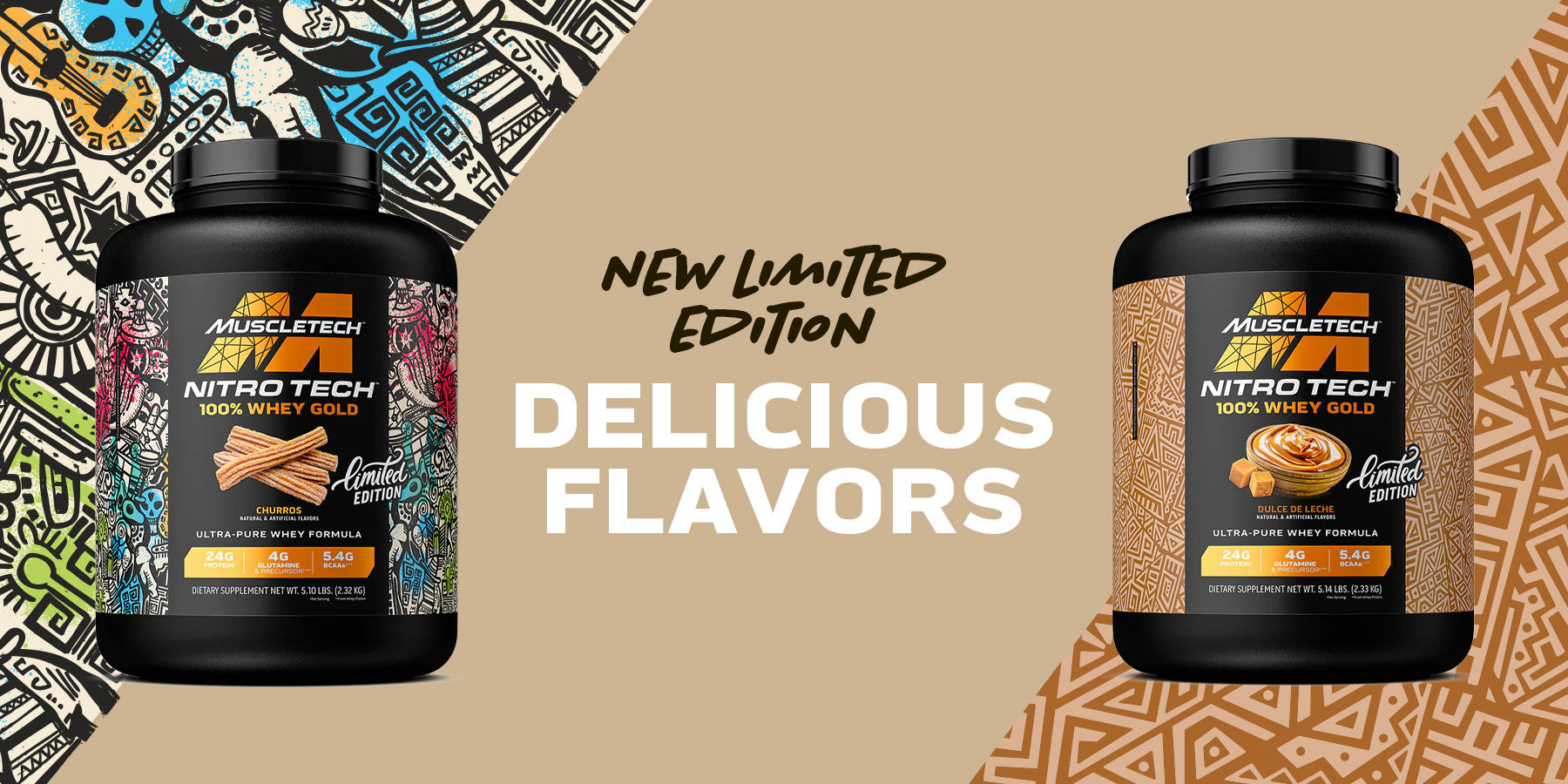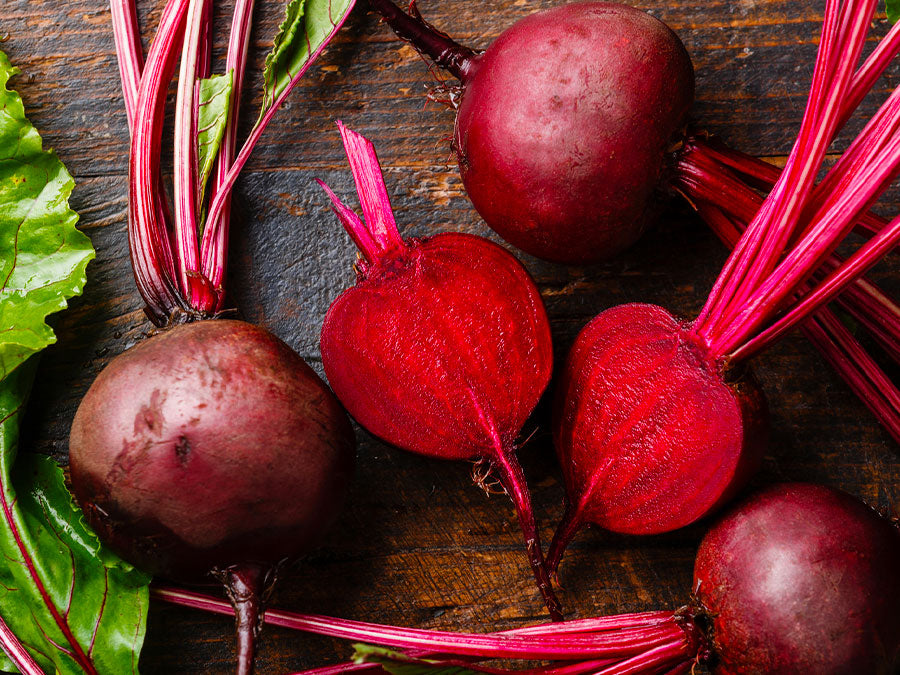Strength and power athletes such as football players, powerlifters, bodybuilding competitors, heavyweight wrestlers, and track and field throwers usually need to be large in both stature and mass in order to perform at an elite level.
Muscle building is often a top priority for these types of athletes because added muscle mass can increase the definition of their muscles, add bulk and size to their frames, and improve their lean body mass. And since an increase in lean body mass contributes to strength and power, and both strength and power are related to muscle size, strength and power athletes can usually benefit a great deal from high levels of lean body mass.
The best known training method for gaining muscle mass revolves around performing resistance training using moderate to heavy loads, combined with relatively high protein intake, as well as getting sufficient amounts of overall nutrients. After all, you can’t gain weight and build muscle unless you create a calorie surplus, which means eating more calories than your body burns each day.
Determining Your Calorie and Macronutrient Intake
In general, to gain weight slowly, you should aim to eat 300 to 500 more calories per day. However, if you’re a bodybuilder who’s bulking, experts recommend consuming 10% to 20% above your daily weight maintenance calorie needs during the bulking phase for an average weight gain of between 0.25% to 0.5% of your body weight per week. Novice bodybuilders should aim for the higher end of this calorie range, while more experienced bodybuilders should target the lower end to limit increases in body fat.
Once you’ve established the number of calories you need for bulking, you can determine your macronutrient ratios. Macronutrients – carbs, fats, and proteins – are the nutrients that are needed in large quantities in your diet. Experts recommend that you get between 45% to 60% of your calories from carbs, 30% to 35% of your calories from protein, and 15% to 30% of your calories from fat.
Also Read: The Ultimate Push Pull Legs Routine
Healthy Foods That Can Help You Gain Weight
Sure, you can probably create a calorie surplus by eating lots of junk food, but those types of foods lack important nutrients for health. And chances are that you’ll end up feeling bloated, sluggish, and just all around terrible if you eat too much junk food.
So, in order to achieve healthy weight gain, make sure to steer clear of fried foods like French fries and onion rings, fast food (tacos, burgers, pizza, and hot dogs), sugary foods and drinks such as soda, candy, sports drinks, sugary baked goods, and ice cream, and refined carbs, including cookies, potato chips, sugary cereals, and pastries.
Shop & Save on BCAA Supplements
To promote long-term health, your goal should be to gain quality weight. You can accomplish this by focusing on getting the majority of your calories from nutritious whole foods.
Since the calories in your diet come from macronutrients – carbohydrates, fats, and proteins, let’s take a closer look at some popular calorie-rich healthy food choices in these three categories.
1. Proteins
When it comes to a muscle building diet, protein is the most essential macro for gaining lean mass since it’s the building block for all of your muscle tissue. Therefore, a high protein diet is often necessary to promote muscle growth and increase your lean mass.
Some popular calorie-rich animal-based proteins are salmon (or other oily fish), whole eggs, lean cuts of red meat like flank steak or sirloin steak, chicken (with skin on), whole milk, Greek yogurt, and cheese.
For those of you who follow a vegan diet, tofu, edamame, tempeh, peas, and chickpeas are all great plant-based protein sources to consider for healthy weight gain.
You can also add protein powders – whey protein, casein protein, or plant-based protein powders like rice, soy, or pea – to smoothies for a nutrient- and calorie-packed meal.
Also Read: The Ultimate Guide to Volume Eating
2. Carbohydrates
To support your weightlifting workouts and higher calorie needs, you also need to eat plenty of carbs. That’s because carbs can help fuel your workouts and also support muscle recovery.
Some popular calorie-rich carbs are sweet potatoes, brown rice, whole grain pasta, whole grains, and whole grain breads.
3. Fats
Fat is a source of long-lasting energy and an easy way to add calories to your diet without too much volume. Why is that? Well, fat provides nine calories per gram, compared with four calories per gram for protein and carbs.
Research also shows that athletes who consume higher amounts of saturated and monounsaturated fat have higher levels of testosterone, which is the most critical hormone for instigating muscle growth. That said, eating too much fat can lead to increased fat storage in a calorie surplus.
Some healthy fats for weight gain are nuts like almonds and walnuts, nut butters such as natural peanut butter or almond butter, olive oil, and avocados.
However, if you’re having trouble with weight gain and need to add more fat to your diet, you can also consider adding butter, salad dressings, mayonnaise, and high-fat cheeses to your diet. Just keep in mind that when it comes to healthy weight gain, it’s recommended to keep your fat intake moderate and get more of your calories from carbs and proteins.

Eating Schedule For Gaining Weight
Knowing what foods to eat for healthy weight gain is only half the battle. You also need to know when to eat these foods in order to successfully gain lean mass.
Meal timing is extremely important for muscle because eating more frequently can help you get more calories throughout the day. So, try to eat small meals at least every three to five hours throughout the day in order to help you consume more calories without feeling overly full.
Also, spreading out your protein intake may help you absorb more of the protein that you eat, and pre- and post-workout meals can help you get more out of your workouts and recovery, too.
Also Read: When to Take Creatine: Dos and Don’ts
Prepping Meals For Weight Gain
To get the most out of your meal prep, it’s a good idea to create a weekly menu ahead of time. This way you can plan your meals based on your workouts and also set times for when you should eat each meal throughout the day.
Start by building a weekly menu based on your nutritional needs. Then go over your meal prep recipes for the week and write down all of the ingredients that you need. This way you’ll have a shopping list ready to go for your trip to the grocery store and won’t forget to pick up any important ingredients.
Then write out all of your meals for each day on your calendar, as well as the time that you’re planning on eating these meals. You can also write down the type of training that you’ll be doing each day, as well as the times of your workout sessions. If you want, you can even schedule a planned cheat meal.
When cooking your meals, use batch cooking to cut down on your time in the kitchen, and also to get more portions out of it. And since you’ll be reheating meals during the week that you’ve already prepared, make sure to choose meal prep containers that work for your needs. You can also track your daily intake using food tracking apps. This will allow you to accurately calculate how many macros and calories you’re consuming each day and each week.
3,000-Calorie Meal Plan
If you’re following a 3,000-calorie plan, you’ll want to consume between 338 to 488 grams of carbs, 67 to 177 grams of fat, and 75 to 263 grams of protein. So, here’s what a sample day of meals looks like for a 3,000-calorie diet.
Breakfast: 1 cup of oats with 1 cup of dairy or plant-based milk, 1 sliced banana, and 2 tablespoons of peanut butter.
Small Meal: Trail mix made with 1 cup of dry cereal, ¼ cup of granola, ¼ cup of dried fruit, and 20 nuts.
Lunch: 1 cup of spaghetti with ¾ cups of tomato sauce and 4 ounces of cooked ground beef. Plus, 1 medium breadstick with 1 tablespoon of butter.
Small Meal: 1 cup of cottage cheese and a ½ cup of blueberries.
Dinner: 4 ounces of salmon, 1 cup of brown rice, and 5 asparagus spears.
3,600-Calorie Meal Plan
A 180-pound male needs to consume about 3,600 calories on workout days in order to build muscle. So, here’s a sample day of meals for a 3,600-calorie diet that focuses on getting the right balance of protein, carbs, and fats throughout the day.
Breakfast #1: 1 scoop of vanilla whey protein mixed in 8 ounces of orange juice.
Breakfast #2: 3 whole eggs and 3 egg whites scrambled together. You’ll also have 1 cup of cooked oatmeal with one tablespoon of honey to sweeten the oatmeal.
Small Morning Meal: 1 cup of reduced-fat Greek yogurt and 1 teaspoon of honey to sweeten the Greek yogurt. And a PB&J sandwich using 2 slices of whole-wheat bread, 1 tablespoon of natural peanut butter, and 1 tablespoon of jelly.
Lunch: Make a tuna sandwich using a 5-ounce can of albacore tuna in water, 1 tablespoon of light mayo, and 2 slices of whole-wheat bread. Make a mixed green salad with 2 cups of leafy greens like spinach and other vegetables, as well. Add 2 tablespoons of olive oil and vinegar for your dressing.
Small Afternoon Meal: Mix 1 cup of low-fat (or reduced-fat) cottage cheese with 1 cup of sliced pineapple for your small afternoon meal. Also, spread 2 tablespoons of natural peanut butter on 6 whole-wheat crackers.
Dinner: For dinner, you’ll be eating an 8-ounce top sirloin steak and rice and beans. To make the rice and beans, mix 1 cup of cooked brown rice and 1 cup of black beans.
Small Nighttime Meal: Mix 1 scoop of casein protein in water. And also enjoy 1 ounce, or about 14 halves, of walnuts.
Visit our Shop to Buy the Best Body Building Supplements
Read Our Top Read Content:
